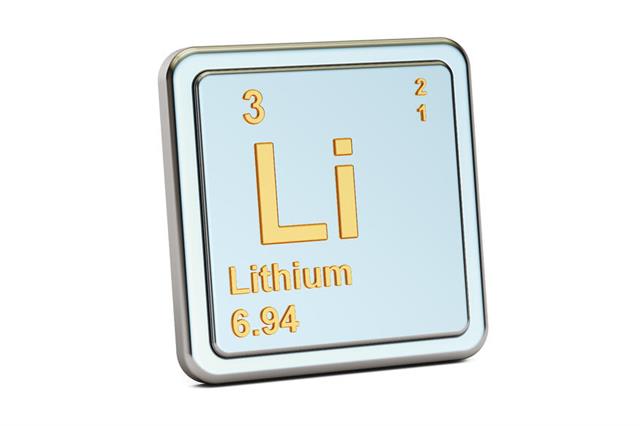 Antonio Mendonca
Antonio MendoncaAntonio Mendonca is director of engineering at Concentric, a national leader in DC power management and on-site maintenance for the materials handling and critical power industries.
The last decade has brought forth a boom in forklift lithium battery adoption, especially the last few years. It has gone so quickly that it seems that many organisations are treating this emerging power source as a “plug and play” solution that is ready to solve all power issues right out of the box.
My team at Concentric is certainly excited about this new technology “weapon,” and have been deploying it in our engineered power management systems. That said, we’re not ready to hail lithium as the answer to all our prayers.
In fact, there are a number of things to be cautious about when considering the use of lithium power – and we believe all manufacturing and distribution businesses should be better informed about the pros and cons of this still-new power source.

Pros of Using Lithium Power
1. Lithium makes it possible to keep moving. By charging on the go, as opposed to having to stop to charge like we do with lead acid batteries, your team can maintain a higher level of uptime and productivity.
2. For businesses utilising more than 3,000 uptime hours per year, lithium can be a terrific option. High-paced applications that need to work long hours every day can benefit from the possibilities of lithium power.
3. As energy efficiency and sustainability become increasingly important, lithium is becoming more and more attractive. This power source is more energy efficient than lead acid batteries, and can help businesses meet their sustainability goals.
Cons of Using Lithium Power
1. Despite what many believe, lithium is not plug and play. Because older commercial trucks and forklifts were designed around lead acid batteries, integration with lithium requires more time, effort and financial investment.
2. Lithium has a much higher cost, up to four times the cost of lead acid. These costs can sometimes be recouped by lowered maintenance costs over time, but the initial investment can significantly inhibit cash flow for the business.
3. The double battery life of lithium isn’t always a good thing. The long battery life means that it’s not abnormal for a lithium battery to outlast the vehicle it powers. And replacing the power alongside the new truck or forklift doesn’t make good fiscal sense.
Your Action Plan
Once you’re informed about the pros and cons of utilising lithium power, you’re ready to make an action plan to optimise your power management system. Here’s what we suggest in terms of next steps:
- Take a step back from selecting a power source and work on your broader goals instead. Consider what you’re hoping to achieve as a result of your new power management system. Is it increased productivity? Improved sustainability? Set clear goals that your power can help you achieve.
- Once you have your broader goals in place, take a more thoughtful, thorough approach to exploring the range of power options available to you on the market today. Your power sources should fit your goals, your team, your product, and your current operations. Engage with an outside expert to explore and evaluate options, if possible.
- Consider a hybrid power approach. For many of our customers, we ultimately recommend a hybrid mix of lead acid and lithium - with the proportion of each varying with the needs and goals of the business.
With a balanced perspective on lithium power, a thorough and well thought-out strategy, and a dedication to rigorous evaluation and maintenance of your power usage, your facilities have the best possible chance to realise the dream of benefiting and profiting from a well-oiled and efficient power system.